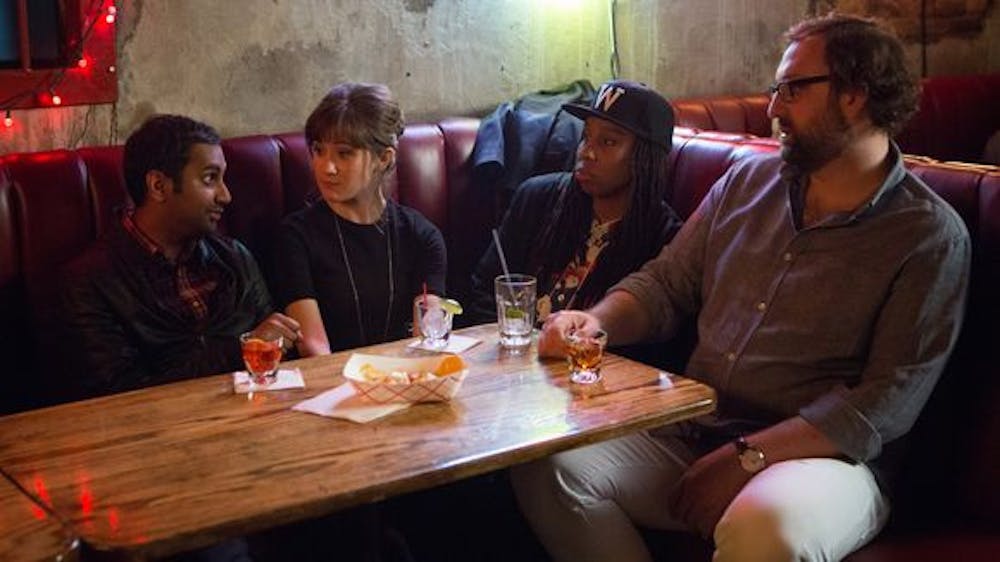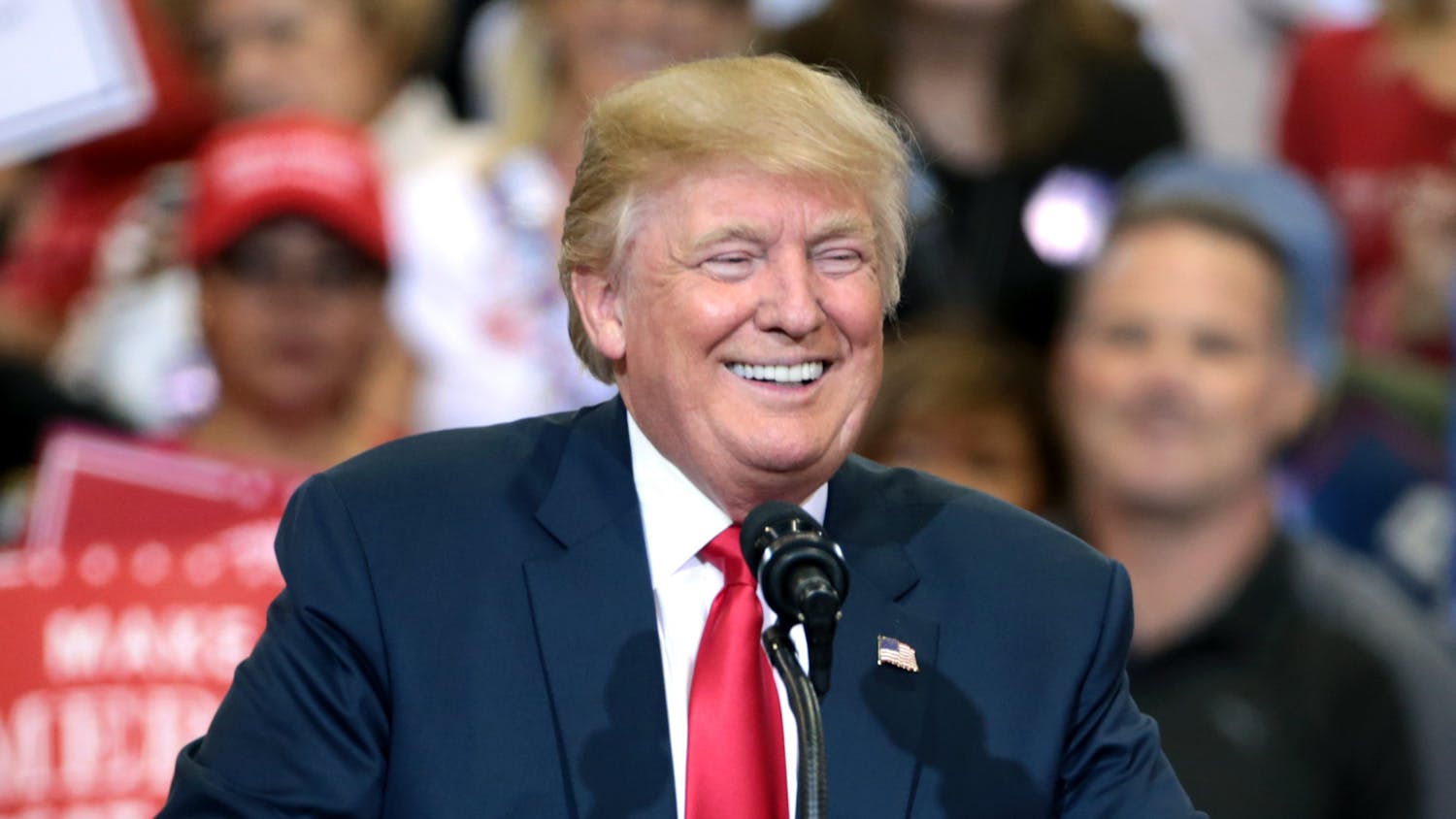This article was one of the submissions for The Signal’s Fall 2016 opinion writing contest.

By Nivetha Srinivasan
The United States is a country known for the various races represented in its current demographic. Sadly, however, the country is still plagued by an unspoken racial binary that divides people into black and white categories. Latinos, Asians and Native Americans are simply put into the “other” category. This racial binary has caused the underrepresentation and inaccurate portrayal of other minorities in the media.
An appreciation for people of other colors is crucial to stop the marginalization of those affected by racism. In order to keep up with the globalized world and various American subcultures, the media in the United States needs to develop an accurate understanding of race and race relations.
There have been many positive changes to the images of race in the media since the early days of television, but these changes have mostly been for people of color. There are many television shows and films with white and black casts, but there is still little representation of Asians, Latinos and Native Americans.
This issue was exposed in February during the #OscarsSoWhite controversy. The movement for more minorities to receive more Oscar nominations was spearheaded by Jada Pinkett Smith and other prominent black actors, however, it is the other minorities who are still being marginalized. The percentages of character appearances for minority groups do not reflect population proportions in the Unites States, leading to a major underrepresentation of a large portion of the growing country.
There are a few exceptions to the underrepresentation and depiction of minorities in television. Netflix’s “Master of None” is one of the few attempts by someone in a minority — actor, writer and producer Aziz Ansari — to utilize mass media to question and correct the social construct of the racial binary in the media. In the episode “Indians on TV,” Ansari exposes that “white people will feel alienated” if there is more than one minority in a show, and stresses that he feels like that while “watching TV literally all the time.”
Ansari points out the flaws in mainstream media by criticizing the limited scope for minorities in television and film. Many actors are forced to have a fake accent to even audition for a minor role that requires a minority. This is true for actor Kunal Nayyar, who plays Raj Koothrapalli from “The Big Bang Theory.” He maintains a stereotypical Indian accent for his role, even though he speaks fluent English with an American accent in reality.
Efforts are being made to include more accurate depictions of minorities as leads in TV shows, as evidenced by “Quantico” and “Fresh Off the Boat,” but prime time shows and talk shows rarely have minority actors and anchors.
Hollywood has been portraying racial identities with stereotypes. Latinos have usually been represented as gang members or construction workers, and Arabs have been represented as terrorists. Asians are usually portrayed as scientists or as exotic. Most minority actors are given supporting roles rather than the main role. Having watched movies that undervalue the role of minorities, I feel people have created a mindset that the main character is usually a white person.
It is important to change the social climate that the media has helped shape. One of the most effective methods to include more accurate and frequent depictions of minorities is to put more minorities in positions of authority in the media. Misinformed portrayals are associated not only with distinct viewing preferences among various racial groups, but also with the danger of increasing racial prejudice and stereotyping. By developing a strong interconnectedness between races, Americans will be able to work with people of different colors to boost productivity and quality of life.
There are more than just two colors that define America and the existing racial binary is a result of racism that is still prevalent against other minorities. It has not been openly questioned until recently, leaving the atmosphere unchanged for decades. If the media portrays all minorities equally and accurately, then we are one step closer toward creating racial harmony.







